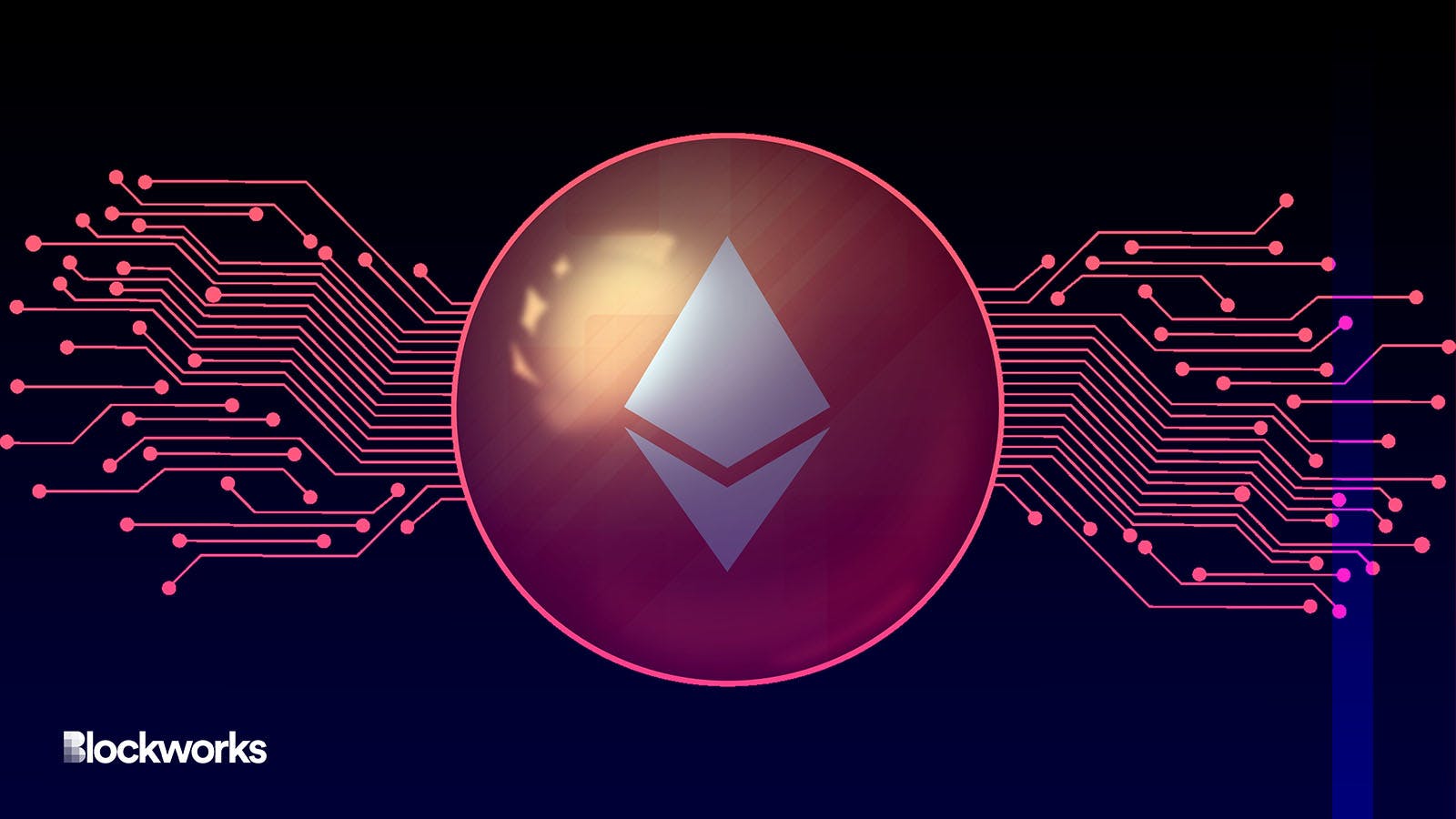Upcoming Ethereum update stimulates liquid staking token growth
Liquid staking providers gain traction, as users prefer greater liquidity and flexibility from their staked ether

iemrah/Shutterstock, modified by Blockworks
Liquid staking tokens (LSTs) have begun to pick up momentum this month as the second half of the year edges closer toward a highly anticipated Ethereum upgrade.
Dubbed Cancun-Deneb (or “Dencun” for short), the upgrade — expected sometime in the fourth quarter of this year — will see the introduction of a mechanism known as “blob-carrying transactions.”
Liquid staking providers, especially Lido, have gained significant traction, underlining users’ preference for greater liquidity and flexibility in their staking activities, blockchain analytics firm Glassnode wrote in a research note on Monday.
As such, protocols and assets linked with staked ETH are delivering outsized gains when compared to other major digital assets in the market on the week.
As of 5 am ET, the governance token for liquid staking solution Lido DAO (LDO), has jumped about 11% and 24% on 1-week and 2-week timeframes respectively.
Frax Share (FXS) — the governance token of the Frax ecosystem responsible for frxETH — and the staking pool known as Rocket Pool (RPL) have also risen by 11% and 2.4% over the past week.
To date, LST platforms and protocols have so far accrued $20 billion in total value locked, representing some 10.3 million ETH, data from DeFiLlama shows.
Lido has garnered a significant portion of the market, boasting roughly 7.5 million ETH staked on its platform, as per data from Nansen. That figure accounts for approximately 77% of the total market, data shows.
Bitcoin (BTC) and ether (ETH), on the other hand, were up approximately 1.9% and 3.9% over seven days — even as renewed investor interest comes via Blackrock’s spot ETF application last month. The pair of major blue-chip digital assets retain roughly 51% and 20% of the total market share, respectively.
Cancun upgrade could fuel further growth
The next update to Ethereum focuses on EIP-4844 (also known as proto-dank sharding), which would effectively allow for larger “blobs” of data to be transmitted to Ethereum nodes for a limited duration, as opposed to hosting that data permanently on the layer-1 chain.
The data is stored long enough for nodes to demonstrate that provers from layer-2 rollups, which make sure the transactions from the L2 chain are correct, have done their job.
“With the upcoming Cancun upgrade, L2 sequencers can anticipate considerably higher profit margins as L1 data costs are set to decrease substantially,” Delphi analyst Joo Kian wrote in a blog post late last month.
Sequencers, whose role is to receive and order transactions in a way that reduces the load on the main Ethereum blockchain, would effectively be allowed to “operate more efficiently and profitably,” Kian added.
In the wake of the Shanghai hard fork, Ethereum’s staking landscape has seen a significant transformation. The upgrade, which introduced the ability to withdraw staked ETH, has catalyzed a surge in staking deposits, while demand for withdrawals has been scant.
Notably, the volume of ETH staked surpassing or equalling exchange inflows post-upgrade, Glassnode wrote.
Get the news in your inbox. Explore Blockworks newsletters:
- The Breakdown: Decoding crypto and the markets. Daily.
- 0xResearch: Alpha in your inbox. Think like an analyst.






